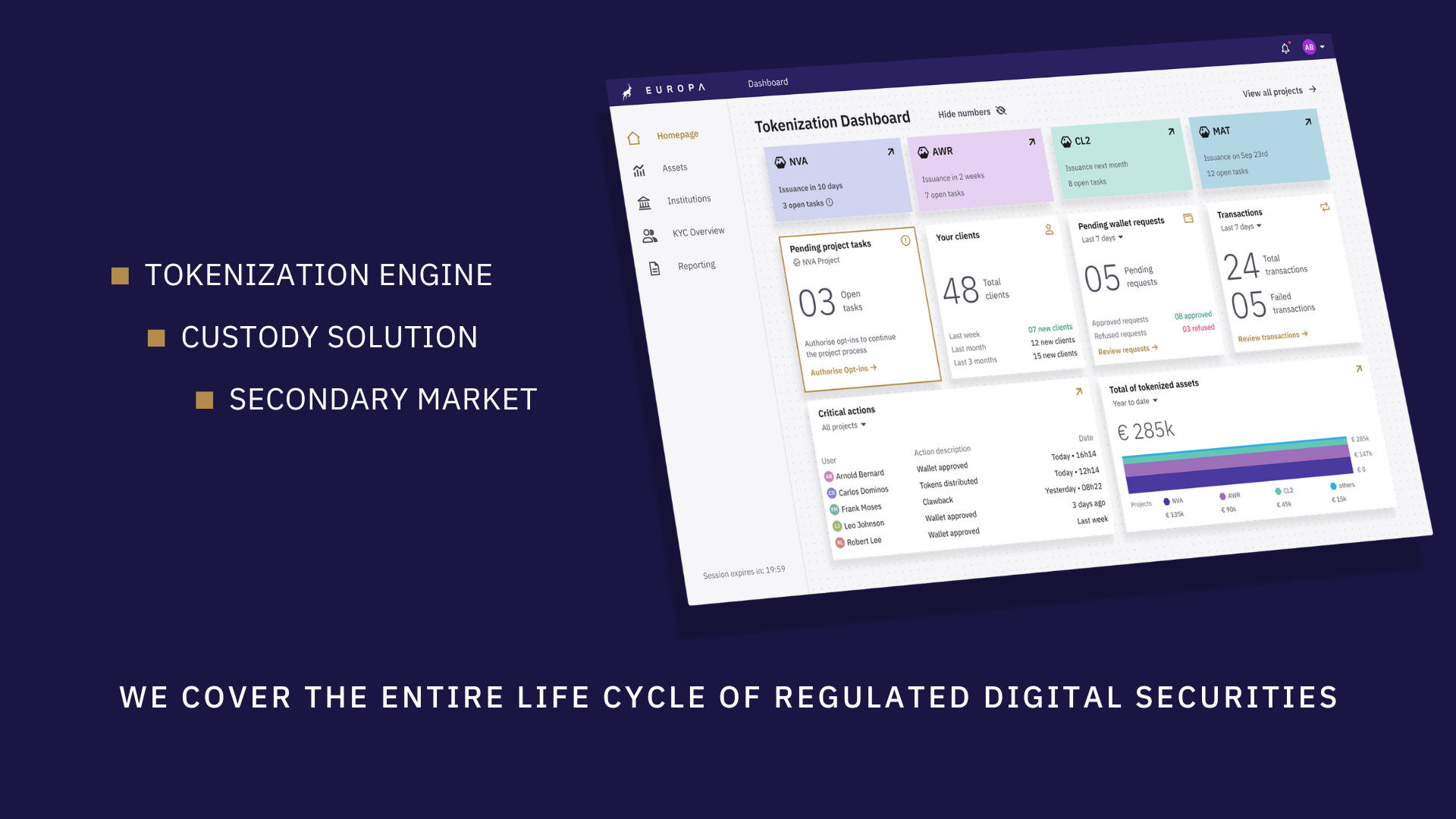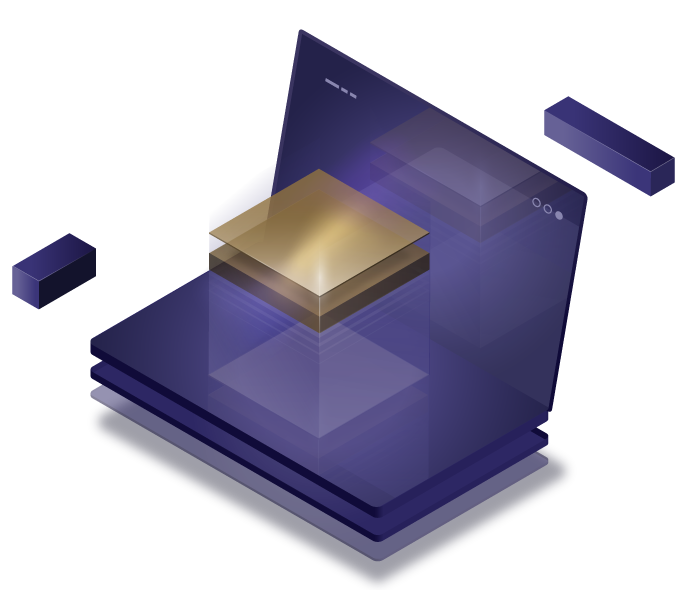Über € 100 Mio. Digitale Assets auf der Plattform Ihr Einstieg in Digitale Assets
Entdecken Sie, wie die NYALA Tokenization-Plattform Ihr Unternehmen zukunftssicher machen wird, indem sie die Betriebskosten senkt, neue Investoren anzieht und die Aufnahme von Investitionen begünstigt.







